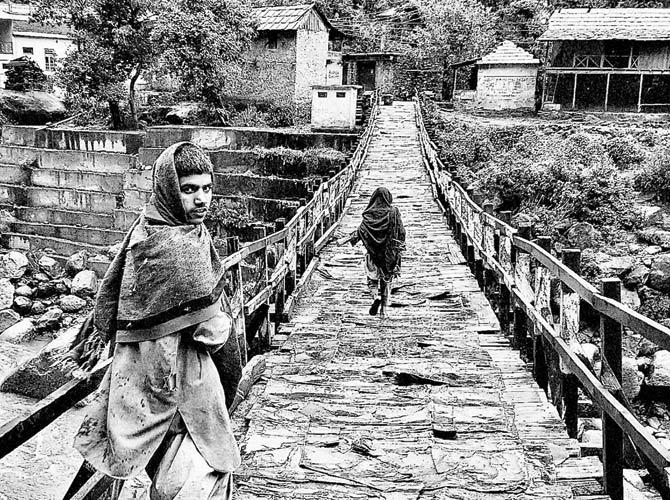William Dalrymple traces the East India Company’s takeover of Hindustan
But the Battle of Buxar ended in a humiliating defeat and the consequences were more damaging than anyone imagined at the time: Shah Alam was captured by the company’s forces and made to sign an order that replaced Mughal revenue officials with British traders selected by the EIC. From then on, supported by a growing army of tens of thousands of sepoys, the company would be in charge of collecting taxes across the Mughal empire.
It was a decisive turning point that paved the way for the EIC’s sweeping control over the region, eventually giving way to the British Raj.

“The Mughals were not an insignificant force…They were vastly rich, it was a magnificent empire. And yet it fell not to another wave of invaders from the Steppes or the Ottomans or the Persians, it fell to a bunch of merchants,” Dalrymple told Quartz. “It’s one of the most extraordinary and unlikely stories, and a very contemporary story because it shows how corporations have an extraordinary ability to take over the state.”
For Dalrymple, the story is particularly relevant today, given the power enjoyed by businesses and businessmen, not just in India but around the world. At a time when the US president is Donald Trump, he argues, rediscovering the corporate nature of 18th century Indian history is an important thing to do.
While doing research for the book, Dalrymple travelled across India, Pakistan, and Bangladesh, following in the footsteps of Shah Alam and looking out for vestiges of that tumultuous time. The photographs the author took during his travels are now on display in Mumbai at an exhibition titled The Historian’s Eye, presented by Tasveer and the art platform Dauble.
The melancholic images highlight what little remains to remind the curious traveller of the might of the Mughals or the cunning of the company. But the elegiac approach does remind you of how much of India’s cultural heritage is disappearing for good.
“India has an embarrassment of riches, every little town in this country has the most extraordinary past,” Dalrymple said. “(But) there’s no realisation of how important these things are, how fragile they are.”
Here’s a selection of the historian’s photographs from the exhibition:
















Chamba in Kashmir after the monsoon
© William Dalrymple, After the monsoon, Chamba. (Archival pigment print courtesy Tasveer)



No comments:
Post a Comment